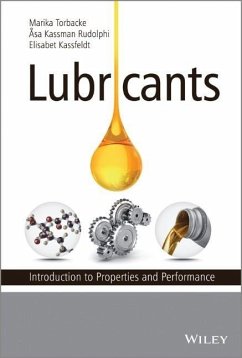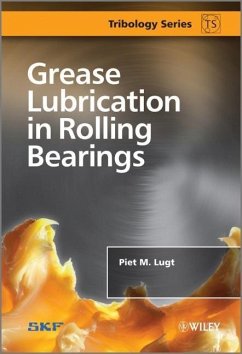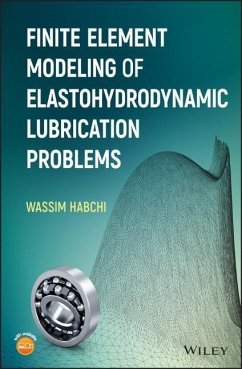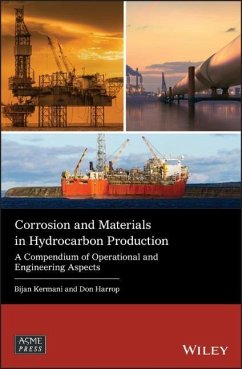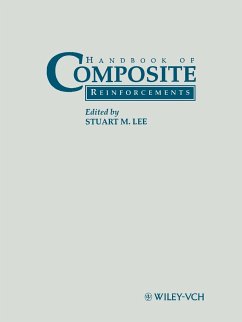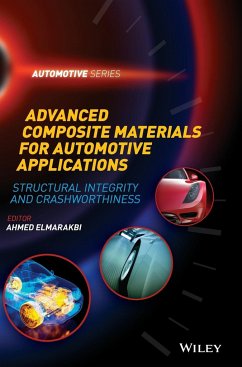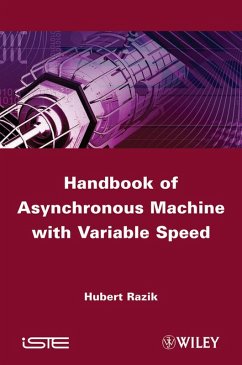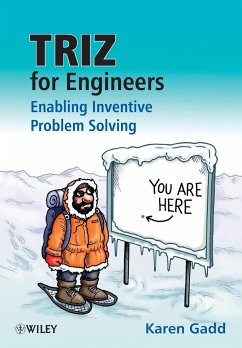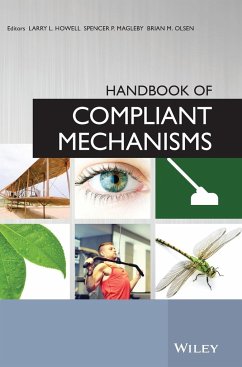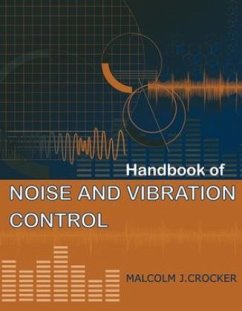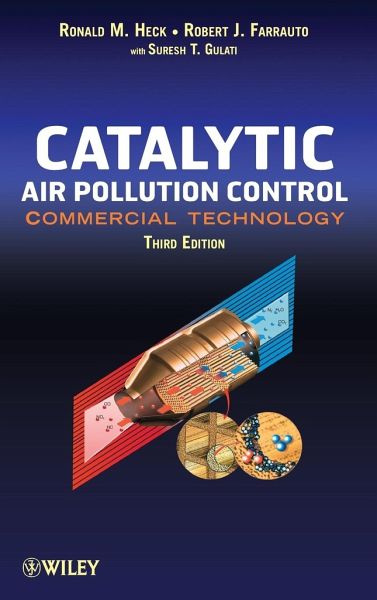
Catalytic Air Pollution Contro
Versandkostenfrei!
Versandfertig in über 4 Wochen
136,99 €
inkl. MwSt.
Weitere Ausgaben:

PAYBACK Punkte
68 °P sammeln!
Catalytic Air Pollution Control: Commercial Technology is the primary source for commercial catalytic air pollution control technology, offering engineers a comprehensive account of all modern catalytic technology. This Third Edition covers all the new advances in technology in automotive catalyst control technology, diesel engine catalyst control technology, small engine catalyst control technology, and alternate sustainable fuels for auto and diesel. A new chapter covers the synthesis and impact of alternative fuels (ethanol-gasoline mixtures (E-85) and bio-diesel) on emission control cataly...
Catalytic Air Pollution Control: Commercial Technology is the primary source for commercial catalytic air pollution control technology, offering engineers a comprehensive account of all modern catalytic technology. This Third Edition covers all the new advances in technology in automotive catalyst control technology, diesel engine catalyst control technology, small engine catalyst control technology, and alternate sustainable fuels for auto and diesel. A new chapter covers the synthesis and impact of alternative fuels (ethanol-gasoline mixtures (E-85) and bio-diesel) on emission control catalysts.




